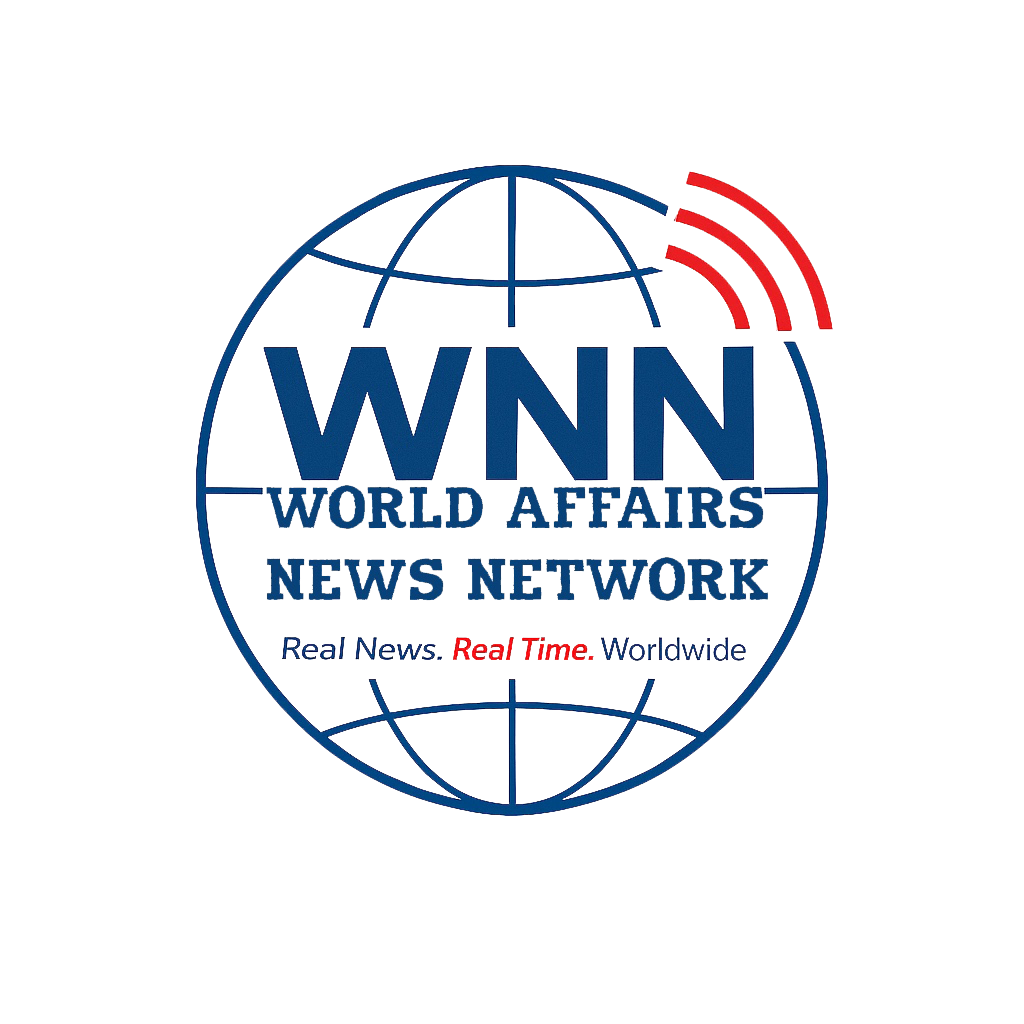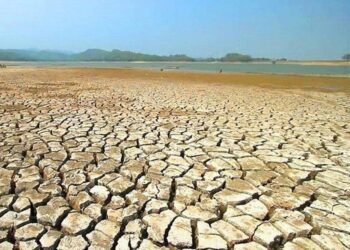When Indian External Affairs Minister Dr. S. Jaishankar and Russian Foreign Minister Sergey Lavrov sat down in Moscow this week, the symbolism was impossible to miss. At a time when U.S. tariffs on Indian goods reach as high as 50% and Western nations accuse India of “funding Russia’s war machine” through oil purchases, New Delhi and Moscow reaffirmed their ambition to expand trade and deepen a relationship that has weathered decades of geopolitical turbulence.
Far from being unsettled by U.S. pressure, both nations used the opportunity to highlight the resilience of their “special and privileged strategic partnership”, a phrase that has become shorthand for one of the steadiest bilateral relationships in the modern world.
India’s energy calculus has shifted dramatically since Western sanctions on Russia began in 2022. Before the Ukraine conflict, Russian crude accounted for just 2% of India’s total oil imports. Today, Moscow supplies nearly 35%, making Russia India’s top oil provider, ahead of Iraq and Saudi Arabia. In 2023, Indian imports of Russian crude surged by over 1,000% year-on-year, according to energy trackers.
Bilateral trade has also exploded. India–Russia trade volumes crossed $65 billion in FY 2023–24, a historic high. However, the imbalance is striking: over $60 billion of that figure was Russian exports (primarily oil), while Indian exports to Russia hovered around $4–5 billion. This trade gap has become a priority for Indian policymakers. As Jaishankar noted in Moscow, “Enhancing Indian exports to Russia in sectors like pharmaceuticals, agriculture and textiles will certainly help to correct the current imbalance.”
For context, India is the world’s largest supplier of generic medicines, accounting for 20% of global supply. Meanwhile, Russian agriculture imports are expanding as Moscow diversifies away from European markets. This opens a clear pathway for rebalancing trade, provided non-tariff barriers are addressed.
Western critics argue that India’s continued purchases of Russian oil undermine efforts to weaken Moscow’s war chest. But New Delhi’s counterargument is hard to dismiss.
First, Indian officials point to the hypocrisy of the West: while European nations trumpet their embargoes, many continue indirect imports of Russian energy through third-party channels. Data shows that between 2022–24, the EU imported over €100 billion worth of Russian LNG and oil products via intermediaries, even as it chastised India for refining Russian crude and reselling it.
Second, India stresses that its oil purchases are strictly commercial. With an economy of 1.4 billion people and energy demand projected to grow by 3% annually through 2030, access to discounted Russian oil (often $15–20 cheaper per barrel than Brent crude) is not just opportunistic — it’s essential for economic stability.
Third, India frames its choices within the doctrine of strategic autonomy. Unlike treaty-bound allies, New Delhi prides itself on pursuing a pragmatic, interest-driven foreign policy. As Jaishankar bluntly put it earlier this year: “Europe has to grow out of the mindset that its problems are the world’s problems, but the world’s problems are not Europe’s problems.”

The durability of Indo-Russian ties is not a recent phenomenon. The Soviet Union was a key backer of India in the early decades after independence, providing defense equipment, nuclear cooperation, and diplomatic support, including the veto during the 1971 Bangladesh Liberation War.
Even after the Soviet collapse, Russia remained India’s most reliable defense partner. Over 60% of India’s military hardware is of Russian origin, and joint projects from the BrahMos supersonic missile to nuclear submarine leasing continue to underscore strategic trust.
Today, while India diversifies its defense imports (notably from the U.S., France, and Israel), the Russian connection remains foundational. Moscow’s willingness to co-develop and transfer technology something Western suppliers often withhold is a decisive advantage. If history provides depth, contemporary geopolitics provides urgency. Both India and Russia are vocal champions of a multipolar world order a counterpoint to what they see as Western-dominated frameworks.
At the Moscow talks, Jaishankar and Lavrov highlighted cooperation across BRICS, SCO, G20, and the UN. For Russia, sidelined from Western platforms, such forums are lifelines of legitimacy. For India, they are arenas to project itself as the voice of the Global South, balancing East and West.
This convergence extends to financial systems and logistics. Both sides are keen to develop sanction-proof payment mechanisms, reduce reliance on the U.S. dollar, and expand the use of national currencies. India’s RuPay card and Russia’s MIR system are being linked, while talks continue on ruble–rupee trade settlement. The International North–South Transport Corridor (INSTC)- a multi-nation project linking India to Russia via Iran is another symbol of long-term synergy.
U.S. President Donald Trump’s decision to impose tariffs of up to 50% on Indian goods in retaliation for Russian oil purchases is a clear sign of American frustration. Yet, it remains doubtful whether such punitive measures can break the India–Russia axis.
Why? Because India’s trade with the U.S. is also booming. Bilateral trade crossed $120 billion in 2023, making Washington New Delhi’s largest trading partner. This means India is unlikely to jeopardize ties with either side, it will hedge, not choose.
Moreover, Washington has few attractive alternatives to offer India on energy. Unlike Russia, the U.S. cannot guarantee large-scale, long-term supplies of discounted crude. And while Washington courts India as a partner in the Indo-Pacific to counterbalance China, New Delhi insists it will not be a “camp follower.”
This is not to suggest the India–Russia partnership is free of friction. The trade imbalance is significant, and unless Indian exports rise substantially, the sustainability of the relationship will be questioned in New Delhi. Technology gaps are widening as Western sanctions restrict Russia’s access to critical technologies, which could limit future collaboration in high-tech sectors. The China factor looms large, as Moscow’s deepening strategic embrace of Beijing raises quiet concerns in India, particularly given ongoing border tensions with China.
Yet, both sides seem committed to managing these challenges. As Lavrov noted, “We have a mutual interest in implementing joint projects… in the Far East and on the Arctic shelf.” This signals a willingness to diversify beyond hydrocarbons into areas such as mining, shipping, and infrastructure.
The Jaishankar–Lavrov meeting also touched on wider crises, the Asia-Pacific security architecture, Afghanistan’s fragility, and the Palestine–Israel conflict. In all these arenas, India and Russia position themselves as advocates of dialogue rather than confrontation.
More broadly, the Indo-Russian partnership illustrates a key truth of contemporary geopolitics: middle powers are no longer willing to be pawns in great power games. Whether in oil markets, defense cooperation, or multilateral diplomacy, India and Russia are charting a path that defies binary alignments.
As the U.S. tightens tariffs and Europe lectures on morality, India and Russia continue to prioritize pragmatism over ideology. Their relationship is not about nostalgia for Cold War camaraderie; it is about hard-nosed interests: energy security, defense reliability, and a shared belief in multipolarity.
Trade figures tell us this is not symbolic, it is structural. Oil flows, currency swaps, and transport corridors are reshaping the economic map. And while challenges remain, the message from Moscow this week was clear: sanctions may hurt, but they will not break the India–Russia bond.
For India, the test is whether it can leverage this partnership to expand its exports, correct trade imbalances, and carve out greater strategic space. For Russia, the goal is to show it is not isolated, but embedded in the emerging architecture of the Global South.
Either way, the Moscow meeting reaffirmed what history has long shown: the Indo-Russian partnership is built not on convenience but on strategic depth and that makes it one of the most enduring bilateral relationships of the 21st century.
– Dr. Shahid Siddiqui; follow via X @shahidsiddiqui





















